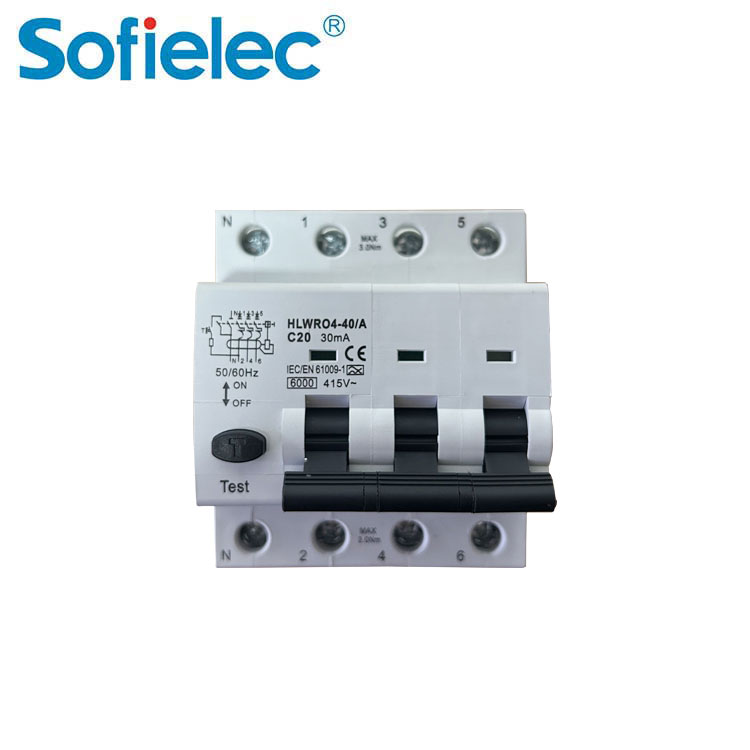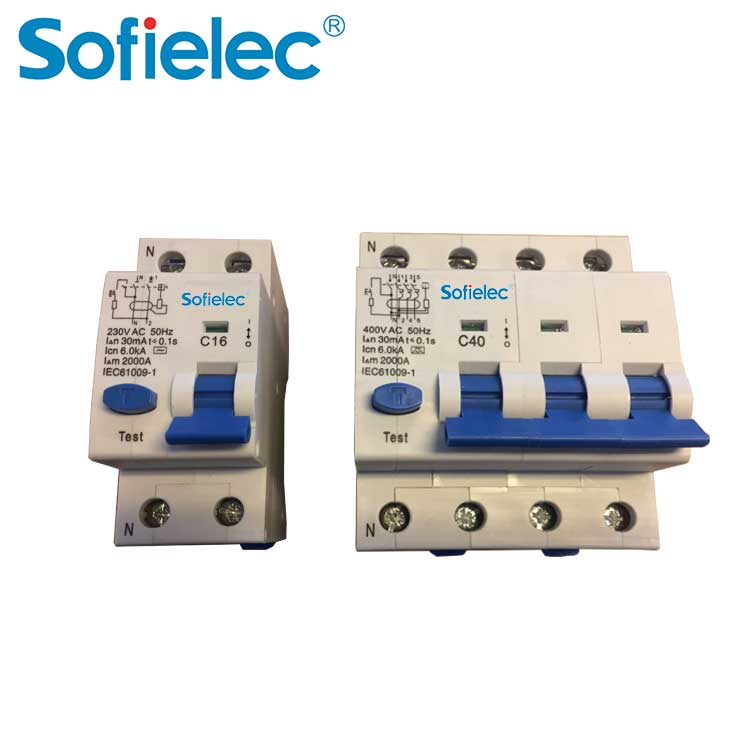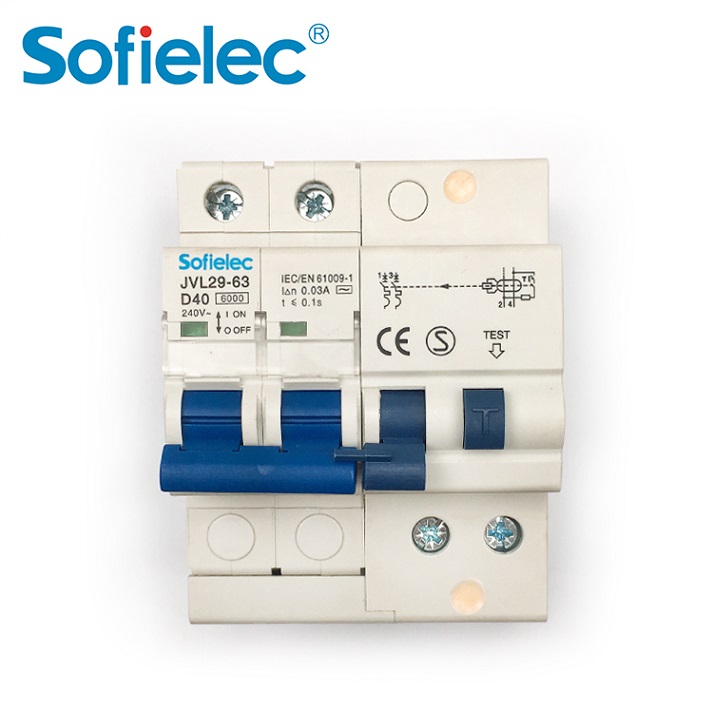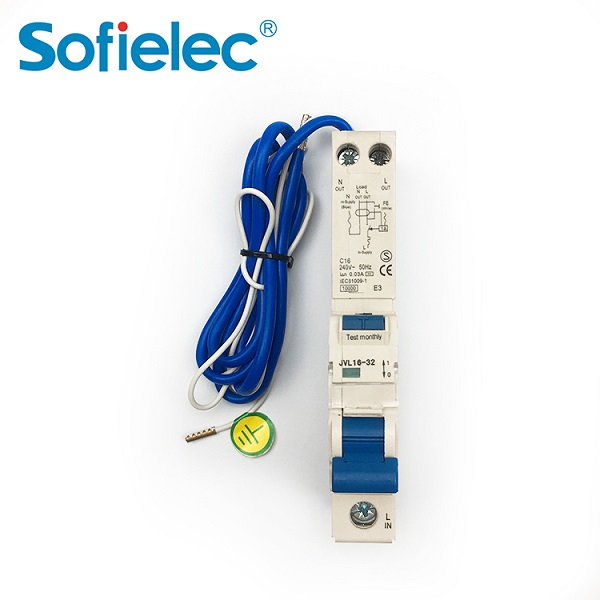How to use Circuit Breaker?
A circuit breaker is an important electrical safety device used to protect electrical circuits from overloads and short circuits.Select a suitable circuit breaker based on circuit requirements, install it in the electrical panel after power - off, let it monitor current during normal operation, reset it after tripping due to overload/short - circuit once the issue is fixed, and conduct regular inspections and tests. Here's a general guide on how to use it:

Before Installation
-
Check the Specifications: Ensure that the circuit breaker's voltage rating, current rating, and other specifications match the requirements of the electrical circuit it will be protecting. For example, a typical residential circuit might require a 15-amp or 20-amp circuit breaker depending on the load.
-
Select the Right Type: There are different types of circuit breakers, such as standard thermal-magnetic circuit breakers, ground fault circuit interrupters (GFCIs), and arc fault circuit interrupters (AFCIs). Choose the appropriate type based on the application. GFCIs are often used in areas where there is a risk of electrical shock, like bathrooms and kitchens, while AFCIs are used to protect against arc faults that can cause fires.
Installation
-
Turn off the Power: Before installing the circuit breaker, turn off the main power supply to the electrical panel to avoid electric shock.
-
Install in the Electrical Panel: Locate the appropriate slot in the electrical panel and insert the circuit breaker. Secure it in place according to the manufacturer's instructions. Some circuit breakers may snap into place, while others may require screws for mounting.
-
Connect the Wires: Connect the incoming and outgoing wires to the circuit breaker. The incoming wire should be connected to the line side of the circuit breaker, and the outgoing wire should be connected to the load side. Make sure the connections are tight and secure to prevent loose connections that can cause overheating.
Operation and Monitoring
-
Normal Operation: Once installed, the circuit breaker will automatically monitor the electrical current flowing through the circuit. During normal operation, the circuit breaker allows the current to pass through without interruption.
-
Tripping: If the current in the circuit exceeds the rated capacity of the circuit breaker (due to an overload or short circuit), the circuit breaker will trip. This means that it will automatically open the circuit to prevent damage to the electrical equipment and reduce the risk of fire or other hazards.
-
Resetting: After the circuit breaker has tripped, you need to identify and address the cause of the problem. Once the issue has been resolved, you can reset the circuit breaker by simply flipping the switch back to the "on" position. However, if the circuit breaker trips again immediately after resetting, it indicates that the problem has not been fully resolved and further investigation is needed.
Maintenance
-
Regular Inspection: Periodically inspect the circuit breaker for any signs of damage, such as burnt marks, discoloration, or loose connections. Also, check if the switch operates smoothly.
-
Testing: Some circuit breakers, especially GFCIs and AFCIs, have a test button. Press the test button regularly to ensure that the circuit breaker is functioning properly. If the test button does not work as expected, the circuit breaker may need to be replaced.
It's important to note that working with electrical systems can be dangerous, and if you're not experienced or confident in handling circuit breakers, it's advisable to hire a licensed electrician to perform the installation and maintenance tasks.



